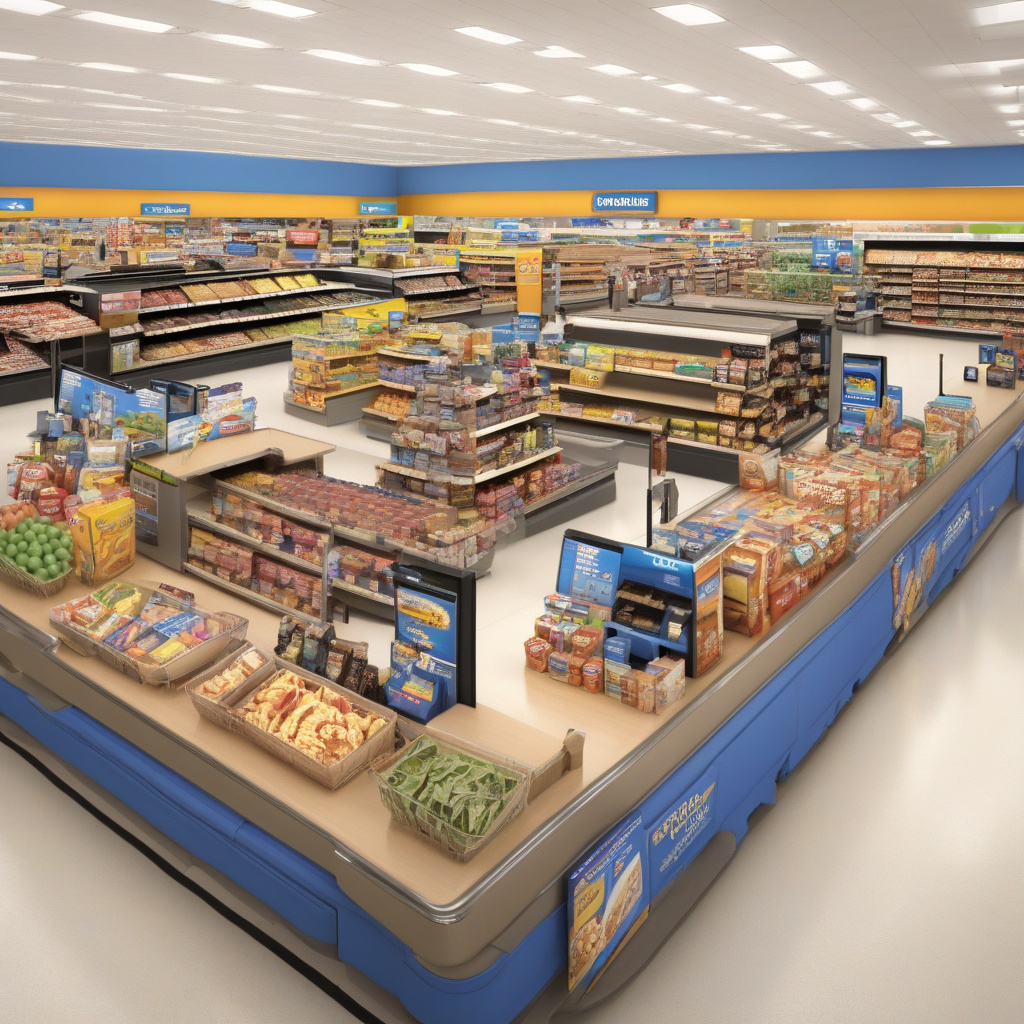Walmart Transforms Checkout Experience in New Jersey: A Game Changer for Retail
In a significant move that reflects the ongoing evolution in retail practices, Walmart has introduced changes to its checkout procedures in New Jersey. This strategic adjustment aims to enhance customer experience and streamline operations, demonstrating Walmart’s commitment to adapting to consumer needs and technological advancements.
The changes, which have already begun rolling out in select stores across the state, include the implementation of more self-checkout lanes, alongside the introduction of advanced mobile payment options. This initiative is particularly timely as shoppers increasingly favor convenience and speed during their shopping experiences. By offering more self-service options, Walmart hopes to reduce wait times and allow customers to take control of their checkout process.
Self-checkout lanes have been a staple in the retail industry for years, but Walmart’s expansion in New Jersey is notable for its scale and ambition. According to recent studies, 66% of consumers prefer using self-checkout machines over traditional cashier lanes, citing efficiency and the ability to control their pace as primary reasons. This shift aligns with Walmart’s objective to provide a more efficient shopping experience, especially during peak hours when long lines can deter customers.
Moreover, the introduction of advanced mobile payment options is a significant step forward. Customers can now use Walmart’s mobile app to scan items as they shop, allowing for a seamless transition to checkout. This not only enhances convenience but also provides a more personalized shopping experience. A survey conducted by the National Retail Federation revealed that 73% of consumers appreciate retailers that offer mobile payment capabilities. By integrating these technologies, Walmart is positioning itself as a leader in the retail space, catering to the tech-savvy consumer.
In addition to faster checkout processes, these changes are also driven by the need to optimize staffing efficiency. With more self-checkout stations, Walmart can allocate staff to assist customers in other areas of the store, improving overall service and satisfaction. This operational strategy not only enhances the customer experience but also helps Walmart manage labor costs effectively, a crucial factor in maintaining competitive pricing.
Walmart’s adjustments in New Jersey come at a time when the retail landscape is becoming increasingly competitive. Rivals such as Target and Amazon have raised the bar by incorporating innovative technologies that prioritize customer convenience. For instance, Target has successfully integrated its own mobile app with in-store shopping, allowing customers to navigate aisles efficiently while tracking their purchases. By making these changes, Walmart is not just reacting to market trends; it is proactively shaping the future of retail.
The response from the community has been largely positive, with customers praising the new checkout options for their convenience. Many shoppers have expressed appreciation for the ability to complete transactions swiftly, especially during busy shopping hours. This positive feedback indicates that Walmart’s strategic changes resonate with consumer expectations, reinforcing the importance of customer-centric approaches in retail.
However, it is essential to consider the implications of these changes on employment within the retail sector. The rise of self-checkout lanes has sparked discussions about job displacement and the future role of cashiers in stores. While Walmart emphasizes that these changes are designed to enhance customer experience rather than reduce workforce size, it is crucial for the company to communicate transparently about its staffing strategies. Ensuring that employees are adequately trained to assist customers in this new environment will be vital for maintaining service quality and employee morale.
In conclusion, Walmart’s changes to the checkout experience in New Jersey represent a significant shift in its operational strategy. By expanding self-checkout options and integrating mobile payment technology, Walmart is responding to consumer demands for convenience and efficiency. As competition in the retail sector intensifies, these changes could set a new standard for how retailers approach the checkout process. For Walmart, successfully navigating this transformation will not only enhance customer satisfaction but also solidify its position as a leader in the retail industry.
With the ongoing developments in retail technology and customer preferences, it will be interesting to observe how Walmart continues to innovate and adapt its strategies in the future.
retail, Walmart, checkout, New Jersey, customer experience
